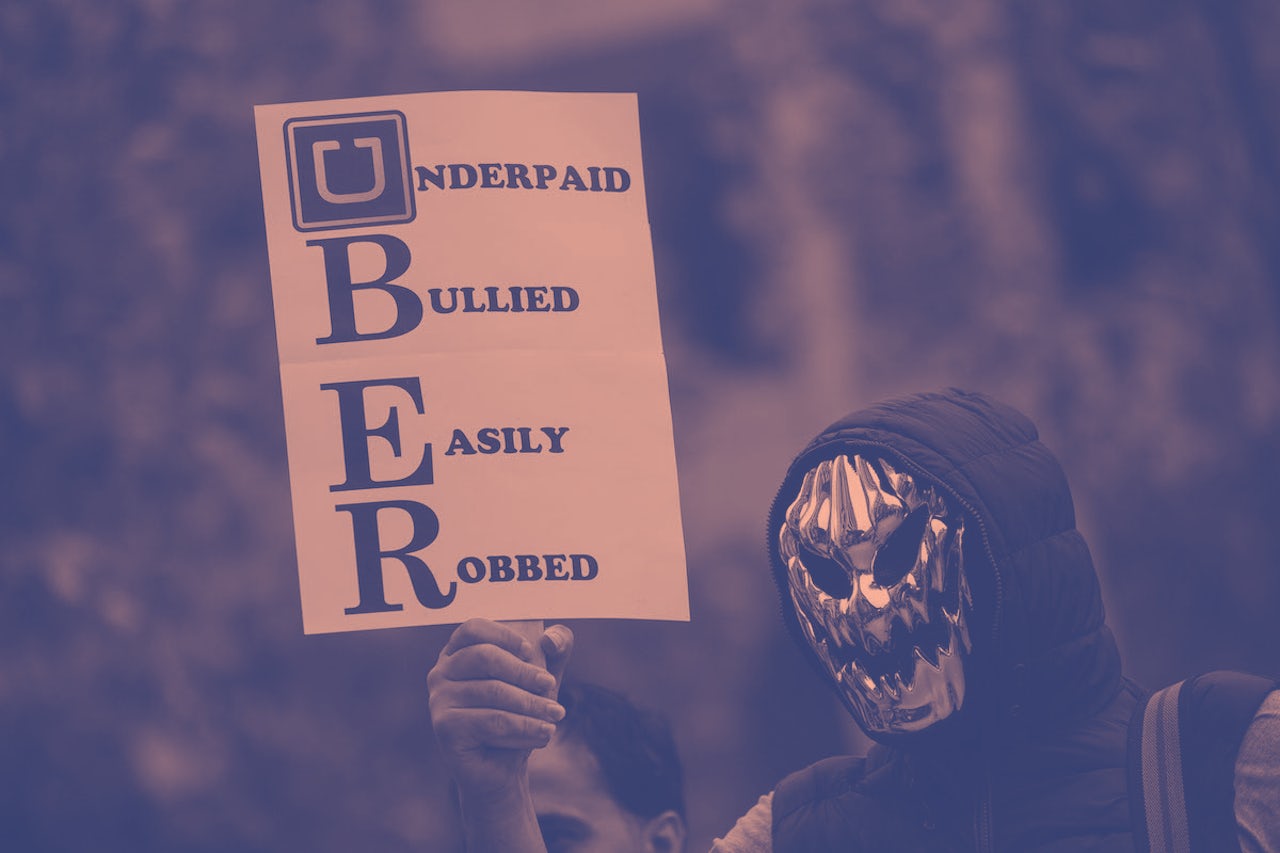Shockingly, calling your employees "contractors" and paying them less than minimum wage to drive drunk people around the city with no benefits may not be a sustainable business model once it’s regulated. On Wednesday, the New York City Council voted 36-6 to effectively cap the rapid-fire growth of ride-hailing services like Uber, Lyft, and Via and by nudging their fleets of black cars off the road and forcing companies to pay drivers a living wage.
The legislation institutes a one-year freeze on new licenses for Uber, Lyft, and other ride-hailing apps — meaning no new drivers can be hired, regardless of demand — starting 120 days after the bill becomes law. It also establishes a minimum wage for drivers, who had previously been exempt from the state’s higher than average hourly compensation requirements. (It’s worth noting that companies can get around the hiring freeze if they’re adding licenses specifically to enhance accessibility, something both the MTA and ride-hailing apps are severely lacking.) The start date was not specified during the meeting nor in the text of the bill. Occupancy rates will also be standardized for companies like Uber and Lyft, and the areas they can operate in will be limited.
In a committee meeting on Wednesday, New York City Councilmembers cited concerns over pay and quality of life for the 80,000-some drivers currently working as independent contractors under Uber and Lyft.
“It’s critical for New York to regulate minimum fare rates — the only source of income for drivers — across the taxi and app-dispatch sectors, so no worker gets left behind,” wrote councilmember Adrienne Adams in a New York Times op-ed. “The bill gives the Taxi and Limousine Commission that authority. It would also allow the Commission address incomes for app-based drivers, 85 percent of whom now make below minimum wage.”
In addition to making workers lives hell in exchange for terrible pay and no benefits or traditional corporate support structure, numerous studies have found that ride hailing services make traffic way worse for major metropolitan areas and sleepy small-town streets. The pause will ostensibly give city officials time to study whether it’s really necessary for Uber&co. to have so many drivers on the road.
The vote comes as yet another punch in the gut to Uber, which was forced to acknowledge its tens of thousands of drivers as legitimate employees (rather than contractors) thanks to a July ruling by the New York appeals board. Though the legislation makes New York the first major metropolitan areas to regulate Uber and its ilk to this degree, the move is part of a larger trend of cracking down on the inherently predatory practices of the gig economy. And although change in one city may not seem like much, New York represents the largest market for most of ride-hailing apps. There’s a reason why Uber has been campaigning so desperately against this motion; it knows the jig is up.
